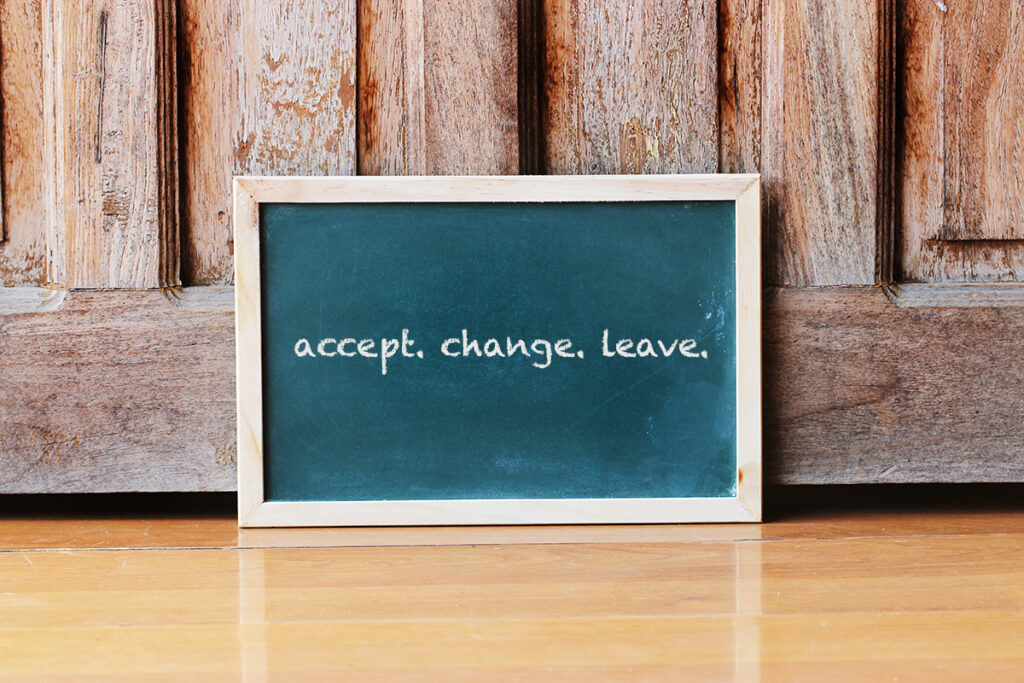May 1, 2020 Virtual Third Things
Cards are one means of bridging differences in age and habits, drawing children and parents, old and new friends together in fair and friendly competition.
Florence Osborn
Every afternoon around 1 or 2 p.m., a few members of my family log in on Zoom from across the country to play cards with my 83-year-old mom in Florida. Grandkids, nieces, cousins, siblings all rotate into the schedule. The participants are scattered from Maine to California, but we are all proud midwesterners at heart so our card game of choice is euchre (YOO-ker). We spend a moment at the start greeting each other. Then we each bring up the game on a phone app, sit down at a virtual table together, and while away an hour playing cards.
Sometimes there is a lot of chatter during and after the game. Sometimes there is little, as participants have to rush from a late lunch break back to work from home. But we all leave the game feeling a little more connected and comforted. The cards are an excuse to get together, but they fulfill an important role. They provide a routine and a focus. They fill the void that might appear in a conversation with a fun activity that takes some concentration and camaraderie. And they keep at bay the fear about how long it will be before we can finally get together again physically.
The education philosopher Parker Palmer might say the card game is a “third thing”—something outside ourselves that allows us to deepen our connection. As Palmer explains,
Rightly used, a third thing functions a bit like the old Rorschach inkblot test, evoking from us whatever the soul wants us to attend to. Mediated by a good metaphor, the soul is more likely than usual to have something to say.
In classrooms, read alouds might be the most powerful third thing we have for building connection and understanding. They are the literacy campfires we gather around every day, giving even the most shy child a chance to see their experience in others, and maybe find the courage one day to share their own.
It’s trickier to find what third things will work best in the new routines we’re all establishing with distance learning. But a poem, a quick video, or even a simple read aloud as a blessing to start any daily class routine online gives everyone the change to warm our hands at stories together. And they open up possibilities for everyone to see some beauty in dark times.
Brenda Power
Founder, Choice Literacy


No comments:
Post a Comment